Sound impressions
I’ve been listening to all three LOAK variants for the better part of three months now, so I have a fairly decent appreciation of their profiles and the character of each IEM. While they’re quite different to each other sonically, it’s probably easiest to start with their similarities.
To keep things consistent for this review, all testing was done using the balanced upgrade cable and stock tips.
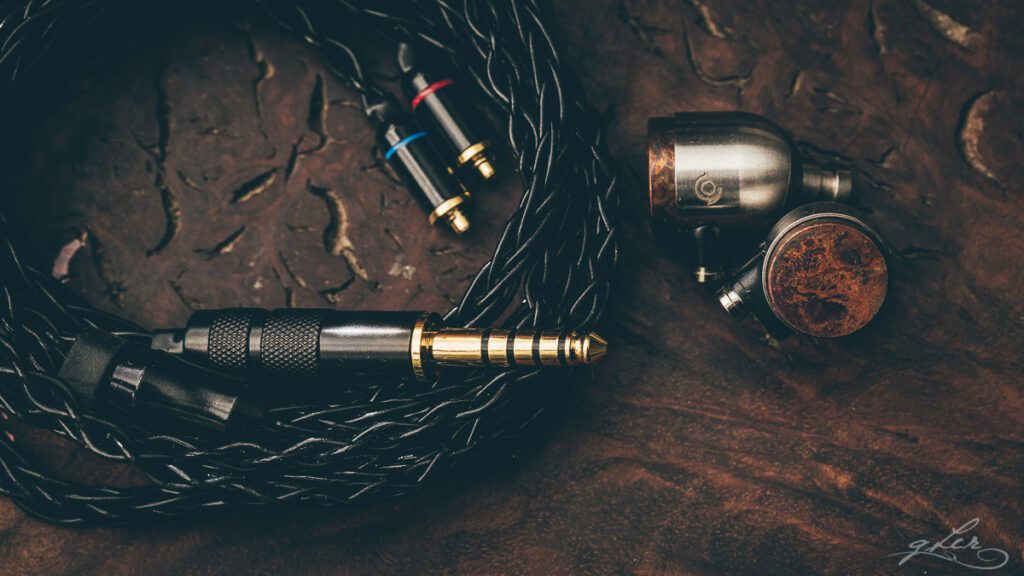
The one thing all three LOAKs exhibit in abundance is a naturally clear tonality. While the character of each IEM differs quite substantially, natural clarity is ever-present, even in the thicker, bassier copper model.
Vocal clarity is something Musashi and I discussed, and his preference for slightly elevated midrange presence and vocals is evident here. Whatever music is playing, vocals will almost always be front and centre, though not pushed so far forward that they crowd out instruments or shrink the stage.
The degree of warmth varies between models, depending on how prominent the bass is tuned into the mix by the backplate material and design, but I’d say each LOAK has at least a hint of warmth to its sound. Bass is so natural and deep in all of them that it’s almost impossible for the sound to feel cold or limp.
To that end, treble, while never lacking, is also on the more relaxed side in all three IEMs. There’s plenty of sparkle and treble detail, but it’s not going to light up your world, comparatively speaking, especially not when compared to far more expensive, complex multi-driver designs. Still, the quality of treble is what shines here, more than the quantity.
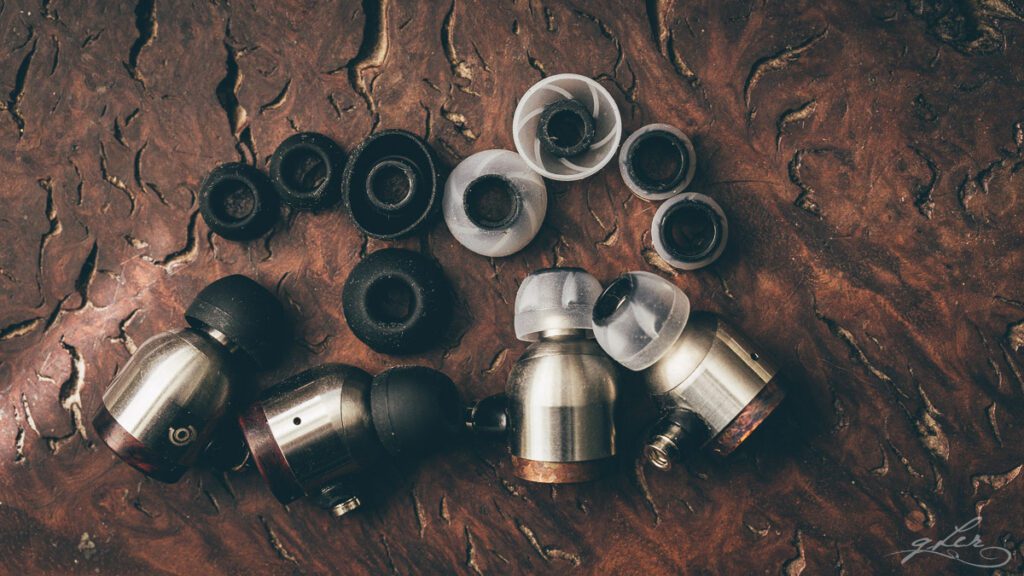
Overall, while tonal balance shifts between models, all three can be said to prioritise clarity and cleanliness, with a hint of warmth and good extension at both ends. I wouldn’t call any of these V-shaped, more a W with different upward emphases depending on backing material.
Technically the LOAK leaves very little to be desired, at least for a sub-$800 single dynamic driver IEM. You’re not going to find holographic staging here with acres of depth, but instead a very natural, uncrowded and fairly proportioned stage. There is some variation is stage size, with the open LOAK sounding more open (duh!) and the copper feeling slightly less so, but the changes aren’t as extreme as they would be with open-backed headphones.
Resolution is very good too, excellent in some cases, especially with well recorded music from a high-quality source. You’re not going to miss any details, although the speed of the single dynamic isn’t going to be a match for superfast BA or planar drivers. Layering and separation are likewise of a very high standard, and imaging is on par with some of the better dynamics I’ve heard too.
Overall, I think Musashi has done a commendable job eking out every last drop of technical performance from these drivers, and I’d say none of the LOAK variants would feel out of place in kilobuck company, technically speaking. I’m yet to hear a single dynamic IEM that can compete technically with the best multi-driver IEMs, and LOAK isn’t going to be the first to do so either.

Differences
Bass response is one of the first things you’ll notice when switching LOAKs. About four minutes in to Lana Del Rey’s A&W, off her newly released album, the vocals and music fade into a series of deep, pounding bass drops that ooze with texture and rumble. The drops are positively visceral with the LOAK-TC, while the punch and weight of the bass hits drops off quite a bit with the LOAK-T Cocobolo.
Surprisingly, bass doesn’t drop off much more with the LOAK-TO, despite the open grille, if anything sounding slightly tighter and a touch airier than the Cocobolo version. Bass is fairly evenly spread between sub- and midbass, with a hint more midbass punch than deep sub rumble in all three cases (though the LOAK-TC is easily the rumbliest of the three).
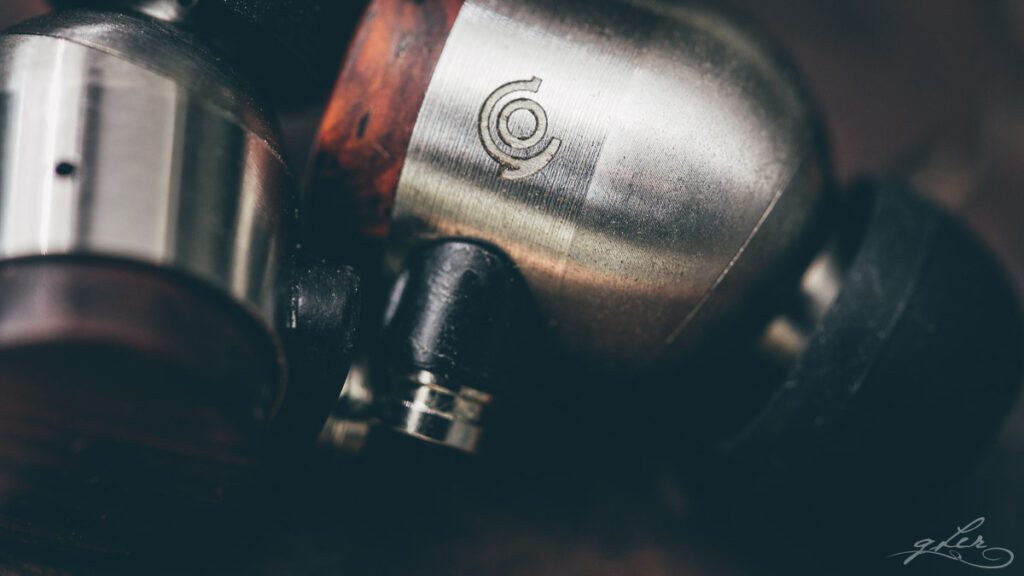
LOAK-TO has the most relaxed and airy midrange too. Beyries’ Alone sounds wispy, even a touch dry, but switch to LOAK-T Cocobolo and the distinctively sweet vocals are injected with a hint of warmth and added fullness that brings them slightly forward too. LOAK-TC is warmer still, now with some added depth and reverb that was missing from the other two. Note weight is fuller too, but owes its fullness to the thicker and more prominent bassline that reverberates and intermingles with the vocals.
Staying with vocals, upper midrange is definitely elevated past neutral, though not to the point of distraction. Angel Olsen’s Lark is a torture test for upper midrange ‘shout’, and while all three LOAKs just about squeeze in under the line, LOAT-TC is the most forceful, with bigger contrast, but also offset by the warmer, fuller bass notes; LOAK-T Cocobolo highlights the upper mid peak more than the others; and LOAK-TO is still up there but gives the peak more space to breathe and diffuse.
Male vocals suggest the lower midrange is not underrepresented, with Mark Knopfler’s lead on Dire Straits’ Brothers In Arms sitting in line with, and even slightly ahead of the bass and treble. Switching from LOAK-TC to Cocobolo, he does lose some chestiness, the wood contributing to a lighter tone to his vocals, and a slightly brighter tone to the treble highlights too, relatively speaking. Going semi-open with LOAK-TO, the Pink Ivory variant is the gentlest of the three, but makes Mark’s vocals easier to hear, possibly by creating a more open space for the instruments while keeping the centre image midrange focus intact.
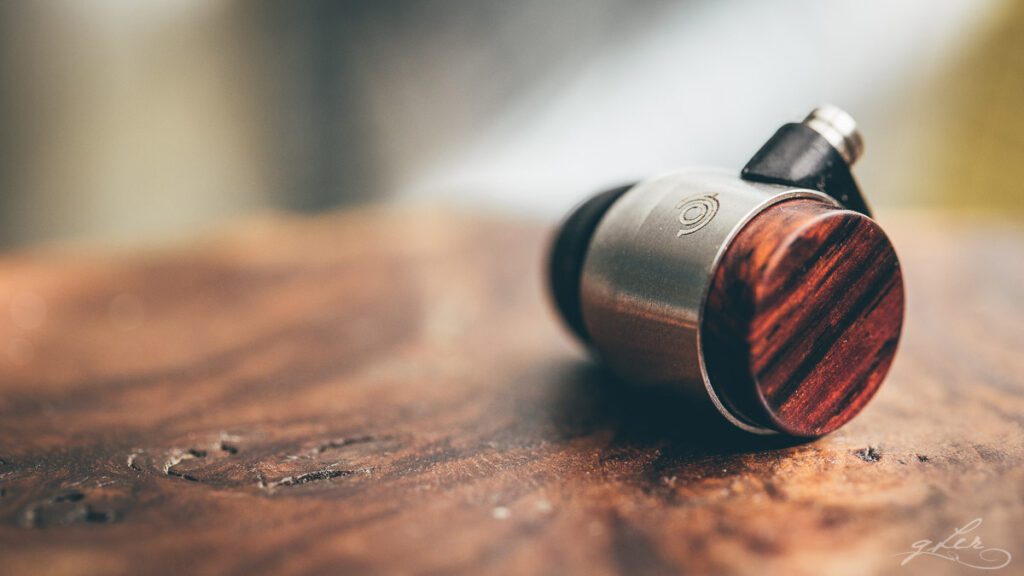
As mentioned earlier, while treble is on the relaxed side across the board, it’s audibly more intense and extended with LOAK-T Cocobolo, aided no doubt by the sharper upper midrange peak and slightly softer bass impact. This is quite evident playing Armin Van Buuren’s Intense, where Miri Ben Ari’s solo violin peaks higher than with LOAK-TC’s still intense, but milder, delivery, the copper backplate shaving some bite from the treble and adding copious amounts of bass impact to the mix. LOAK-TO splits the difference, with a lighter, airier but no less sparkly treble.
Upper treble is likewise more emphasised with the Cocobolo LOAK, the rapid-fire guitar plucks in Nils Lofgren’s Keith Don’t Go, at around the 3:20 mark, more biting that they sound with either LOAK-TC or LOAK-TO. The copper adds more warmth to the treble overall, and tempers it with bass elevation, while the open Pink Ivory backplate gives the treble more balance than bite, less reverb and more room to breathe.
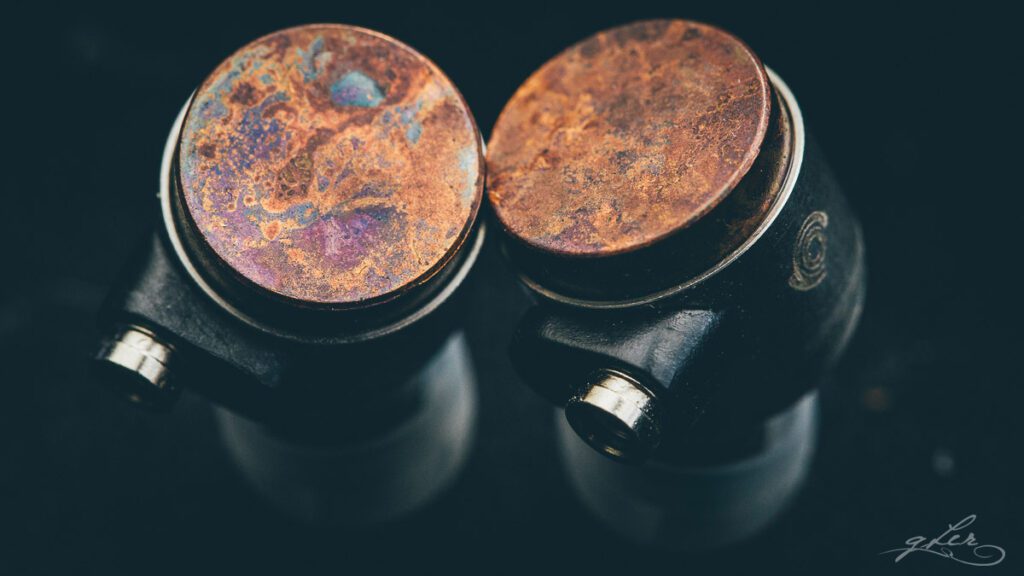
Overall, I find the LOAK-TO to be the most balanced of the three, and considering it’s semi-open, there’s not much leakage or drop in isolation compared to the other two. It’s also the most spacious sounding, and probably the most natural too, with a gentleness I can listen to for hours on end without fatigue. Wind instruments and strings shine here, and drums don’t lack for kick either.
LOAK-T Cocobolo is the brighter but also the most neutral sounding, with bass lowered to or just below the level of the upper midrange and treble. It’s still a balanced sound, and will favour those who prefer some bite up top and some extra elevation in the pinna gain. Female vocals are forward, with poorer recordings verging on shouty, and bass lacks the thump of the other two variants to my ears. You could argue the peaks uncover more details in recordings, but they also make for a less forgiving sound.
Last but not least, LOAK-TC is surprisingly the mildest-sounding LOAK I tested, with a visceral, elevated bass response, warm but clear midrange, and a relaxed treble that doesn’t lack for sparkle or detail, but is definitely more subdued than lively. It’s not quite as spacious as the other two, but it’s not intimate either, and what it lacks in speed it more than makes up for in tonal density. It’s also the most analogue, organic sounding variant, ideal for wood instruments, bass and drums. The most fun listen, and the one I’d pick more often than most for my own preferences.
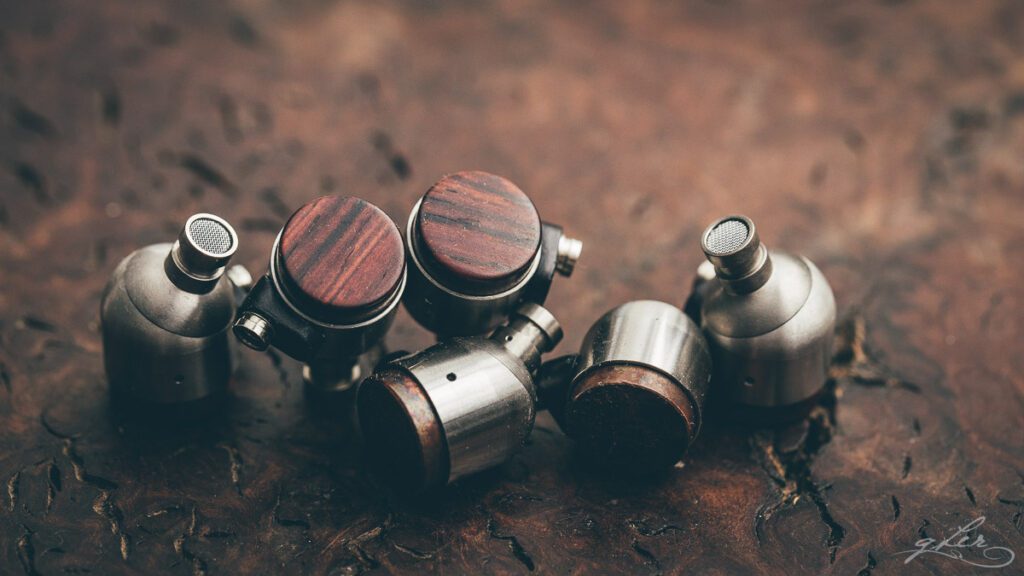
Continue to comparisons and conclusion…




One Response
Brilliant review, Guy. A very beautiful and detailed insight to the LOAK family of 634EARS, and frankly it has made me wonder should I go for an Open model next, as I refrained from getting one in fear of having the bass losing its physicality and outside noise interference.